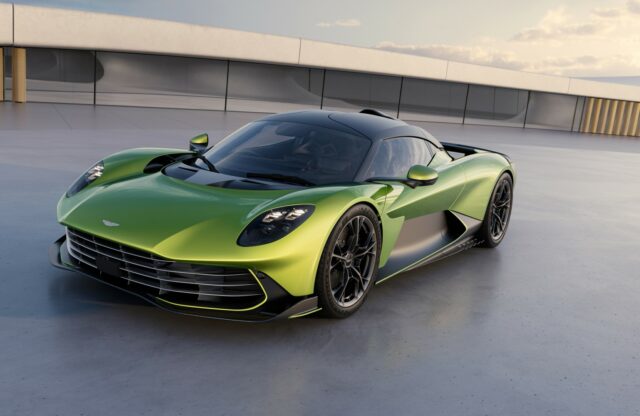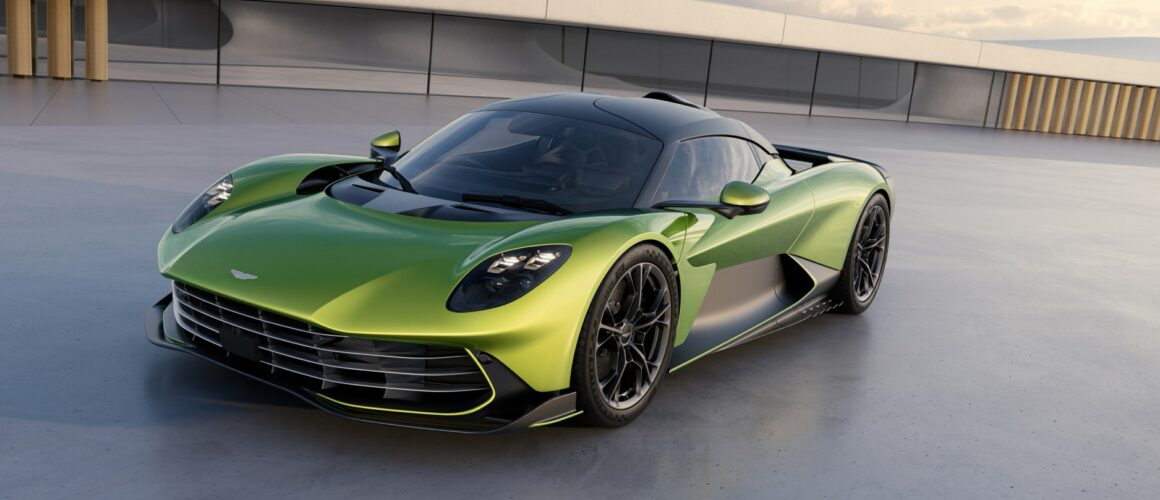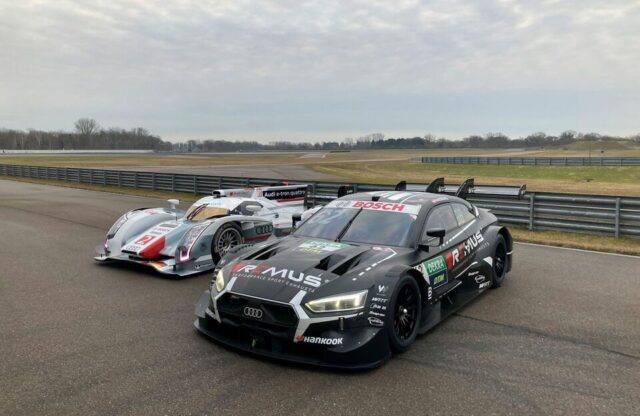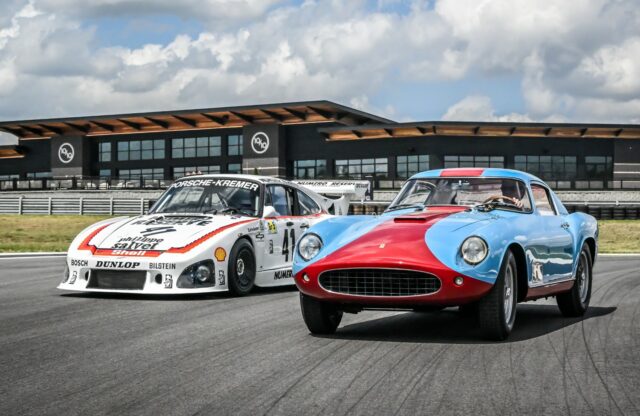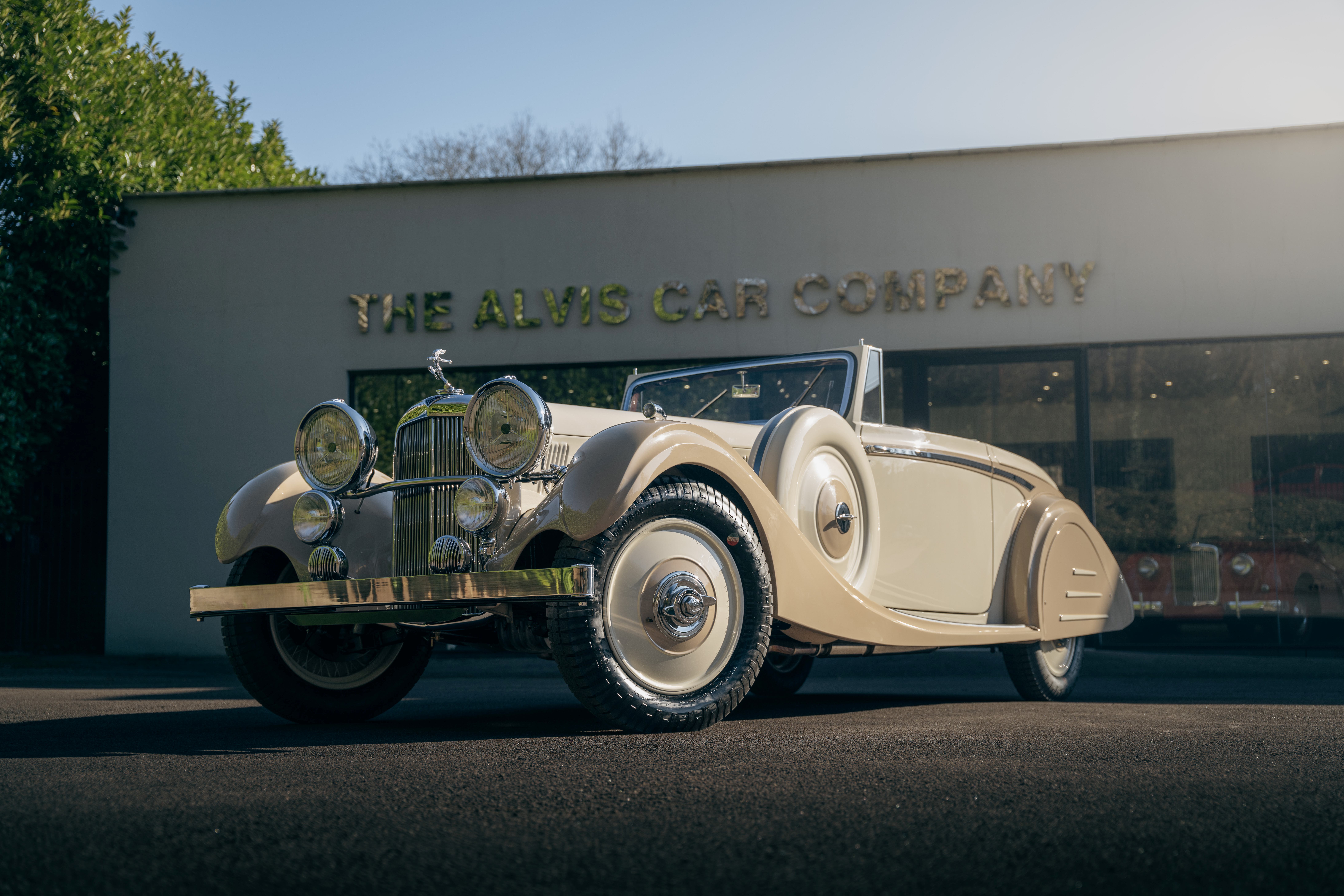After five years, Aston Martin has finally revealed the production version of its first-ever mid-engined series-production supercar, the Valhalla. First unveiled at the 2019 Geneva Motor Show, the Valhalla was teased as a flagship car for Aston’s resurgence, shortly before the British marque was acquired in 2021 by Canadian billionaire businessman Lawrence Stroll.
Ironically, Stroll’s takeover is part of the reason that it has taken longer than expected for Valhalla production to finally begin. A key component of Stroll’s acquisition was the brand’s return to Formula 1, along with the development of its radical Adrian Newey-designed Valkyrie hypercar.
Consequently, the Valhalla will benefit from Aston’s learnings from both the Valkyrie programme and Formula 1, meaning that the newcomer’s level of performance has increased significantly since its headline-grabbing appearance at Geneva.
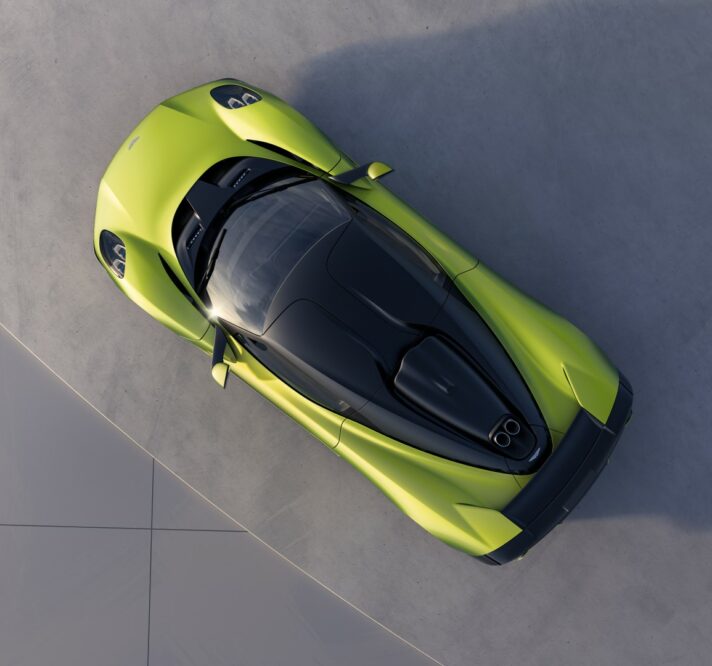
Aston Martin is seeking to make an immediate impact with 'class leading' levels of performance
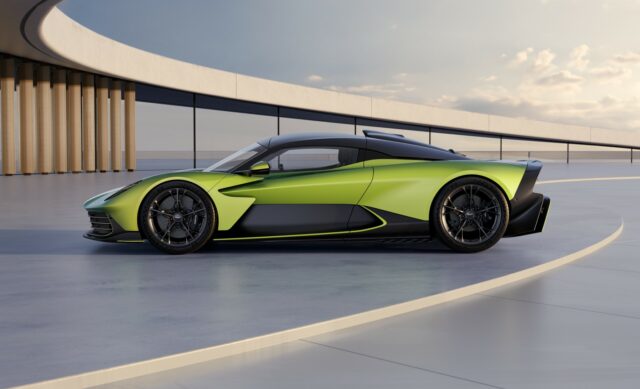
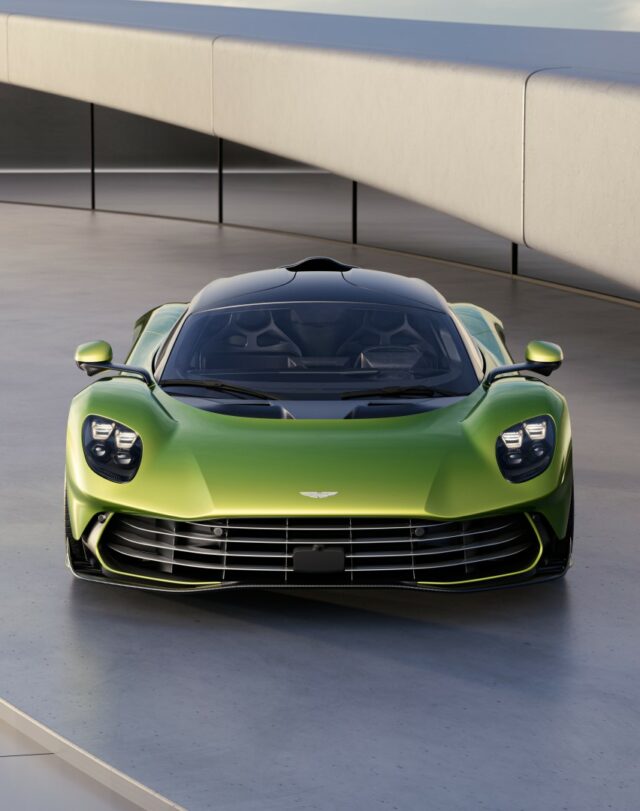
Aston Martin has confirmed that manufacture of its hybrid-powered supercar will commence in the second quarter of 2025, and that production will be capped to just 999 examples.
“Valhalla’s design reflects the inspiring challenge of seamlessly uniting form and function in this new age of efficient ultra-performance,” said chief creative officer Marek Reichman. “As Aston Martin’s first mid-engined supercar, Valhalla presented a rare opportunity to create something fresh.”
Perhaps unsurprisingly, Aston Martin is seeking to make an immediate impact with “class-leading” levels of performance. To achieve this, the Valhalla features a plug-in hybrid powertrain consisting of a bespoke 4.0-litre twin-turbocharged V8 and three electric motors.
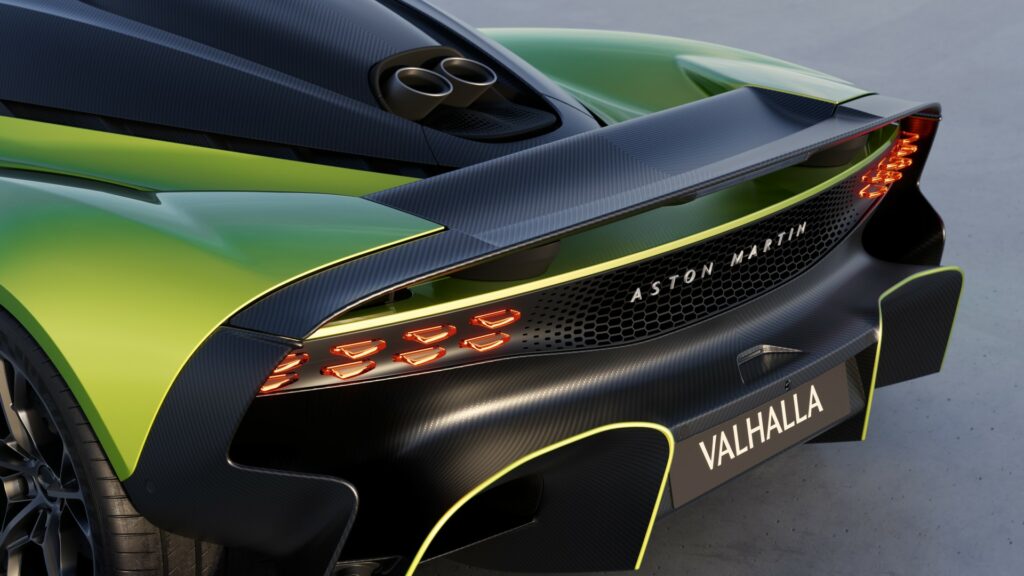
Unlike other current V8-powered Astons – such as the Vantage, DB12 and DBX707 – the Valhalla’s V8 benefits from a flat-plane crankshaft, as well as dry-sump lubrication to prevent oil starvation during high-speed cornering. New camshafts and exhaust manifolds are complemented by the two twin-scroll turbochargers, which are roller-bearing mounted for better response and deliver 20 percent more air per hour than the most powerful cross-plane V8 Aston currently produces.
The result of all this is a formidable 816bhp from the V8 engine alone. This figure is augmented by the triptych of electric motors, which bring an additional 248bhp for a combined output of 1064bhp and 811lb ft of torque. This translates to a 0-62mph time of 2.5 seconds and an electronically limited top speed of 217mph – although these figures remain “targets” for now.
Another benefit of the plug-in hybrid system is a stealthy EV-only range of 25km. The hybrid system works in tandem with a bespoke eight-speed dual-clutch transmission to enable full torque vectoring and an Electric All-Wheel-Drive Distribution (E-AWDD) system. Said to strike a “compelling balance” between outright performance and driving purity, the hybrid powertrain also boasts a WLTP-rated emissions output of 198g/km of CO2.
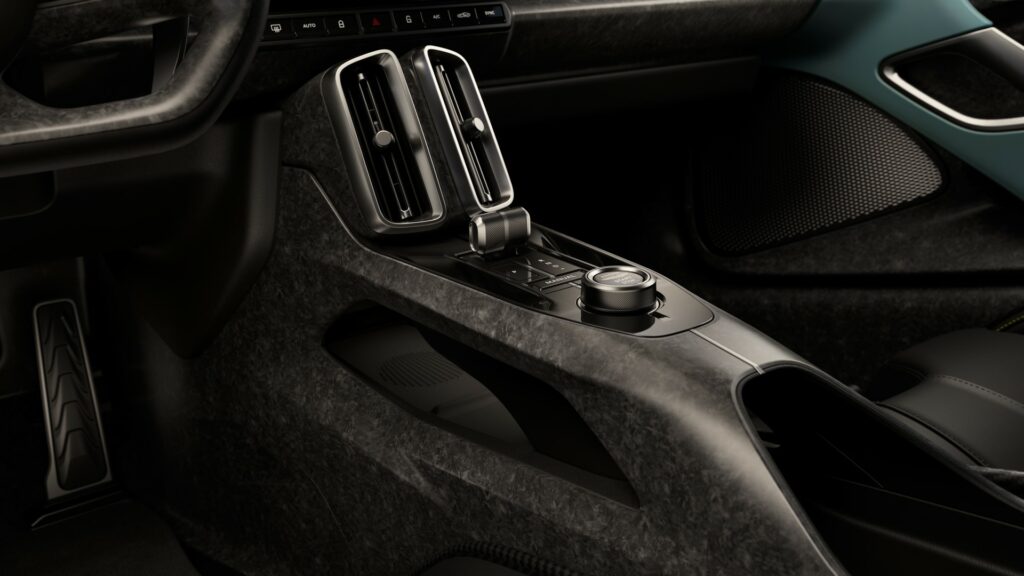
Adding to driver engagement is a suite of sophisticated electronic aids that increase the accessibility of the car’s extreme level of performance. The Integrated Vehicle Dynamics Control (IVC) system uses cutting-edge software to optimise the car’s handling characteristics in real time.
To accomplish this, the IVS system incorporates Electronic Torque Vectoring (E-TV) and advanced Electronic Stability Programme (ESP) modes. These modes, selectable by the driver, include ESP-On for confident control, ESP-Race for enhanced agility and ESP-Off for track-focused freedom. This adaptability allows the Valhalla’s handling dynamics to be tailored to the driver’s skill level while maintaining its peak performance potential.
Complementing the ESP settings are four distinct drive modes: EV, Sport, Sport+ and Race. Pure EV mode is for silent start-ups and short-distance trips around town. Select Sport mode and the Valhalla’s 4.0-litre V8 will bark into life – the car will do this automatically while in the EV setting if the range drops low enough. Sport+, meanwhile, is designed for maximum enjoyment on the open road, and Race is reserved for track use.
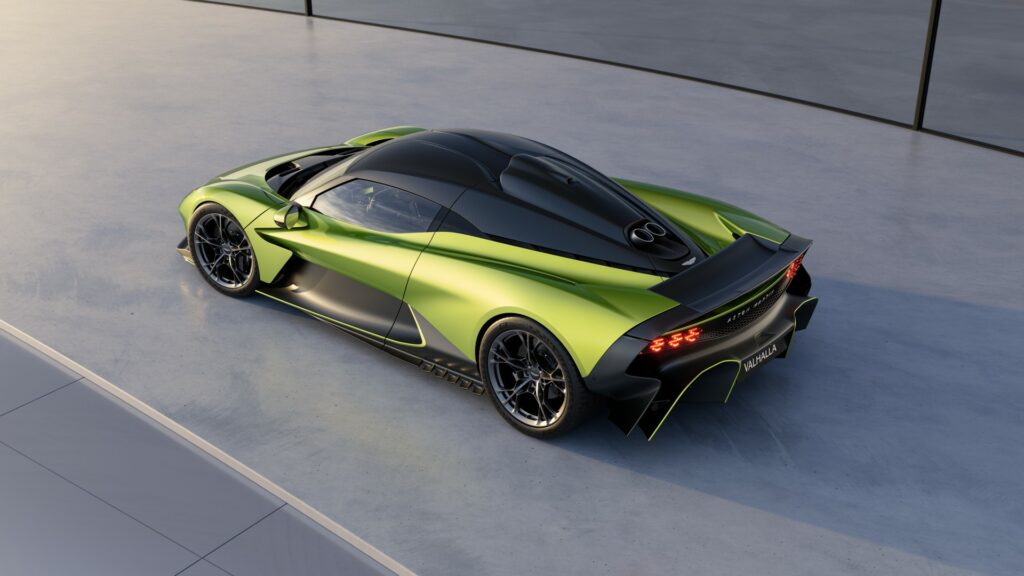
Aston Martin’s Formula 1 know-how is demonstrated by the supercar’s bodywork design, which melds elegant styling with advanced active aerodynamics. The headline figure is 600kg of downforce at 149mph – considerably more than the 390kg of downforce a Ferrari SF90 generates at the same speed.
The active aerodynamics of the Valhalla are designed to marry form and function by employing cutting-edge technology to optimise performance, stability and efficiency. The design leverages Aston’s learnings from F1 and its Valkyrie hypercar to maximise downforce and minimise drag.
Aston Martin has achieved this by creating an active aerodynamic package with hydraulically actuated front and rear wings. The wings’ angle of attack can be adjusted on the fly thanks to an F1-style Drag Reduction System (DRS), while the rear wing doubles as an active air brake. The wings are complemented by underfloor venturi tunnels, turning vanes and a large rear diffuser.
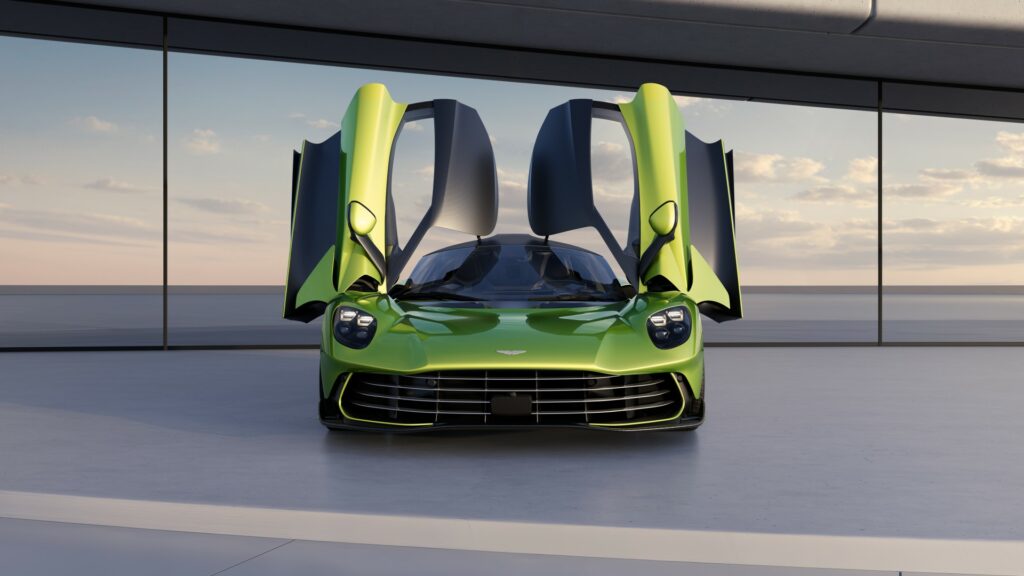
Unsurprisingly, the bodywork and chassis are manufactured from carbonfibre for lightness and rigidity. The car’s shapely silhouette is characterised by dihedral doors with functional air-ducting properties, an F1-inspired roof snorkel intake, three-dimensional rear light blades and quad exhaust tips. The simplified front clamshell assembly is said to have facilitated a ten-fold increase in efficiency while being 7kg lighter than the original design.
Customers will be able to specify their Valhalla in a variety of finishes, ranging from exposed carbon and tinted lacquers to bespoke paintwork options from Aston Martin’s Q division. Motor sport fans can even have Aston Martin liveries from a variety of disciplines applied to their car.
“This striking new aesthetic reflects the unique synergies between Aston Martin’s exemplary approach to design and Aston Martin Performance Technologies’ mastery of materials and aerodynamics,” Reichman said. “The result is a supercar of unparalleled purity.”
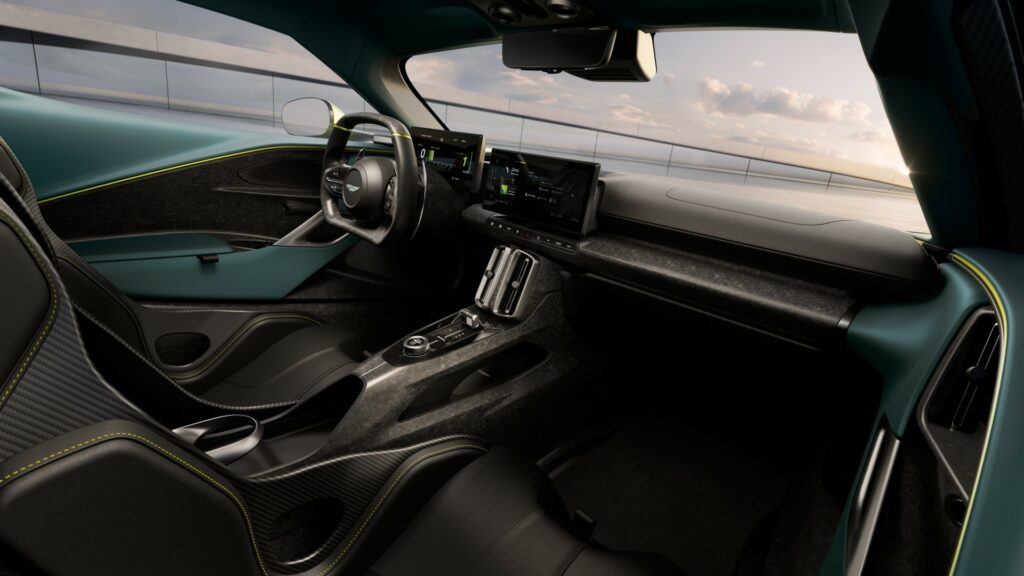
The supercar’s driver-focused interior is defined by raised footwells, carbonfibre bucket seats and a Formula 1-style steering wheel. A carbonfibre brace spans the cabin, while a floating instrument panel delivers essential driving data. Complementing this is a central touchscreen, powered by Aston Martin’s HMI system, offering access to infotainment and powertrain settings. The design is unified by the Amphitheatre Line, which sweeps around the occupants, creating an intimate, cockpit-like ambience. As with the exterior, Aston’s Q division can craft bespoke interiors to suit a customer’s exacting requirements.
Pricing is yet to be confirmed as the car enters production ahead of the first customer deliveries in the second quarter of 2025. For more information, click here.
